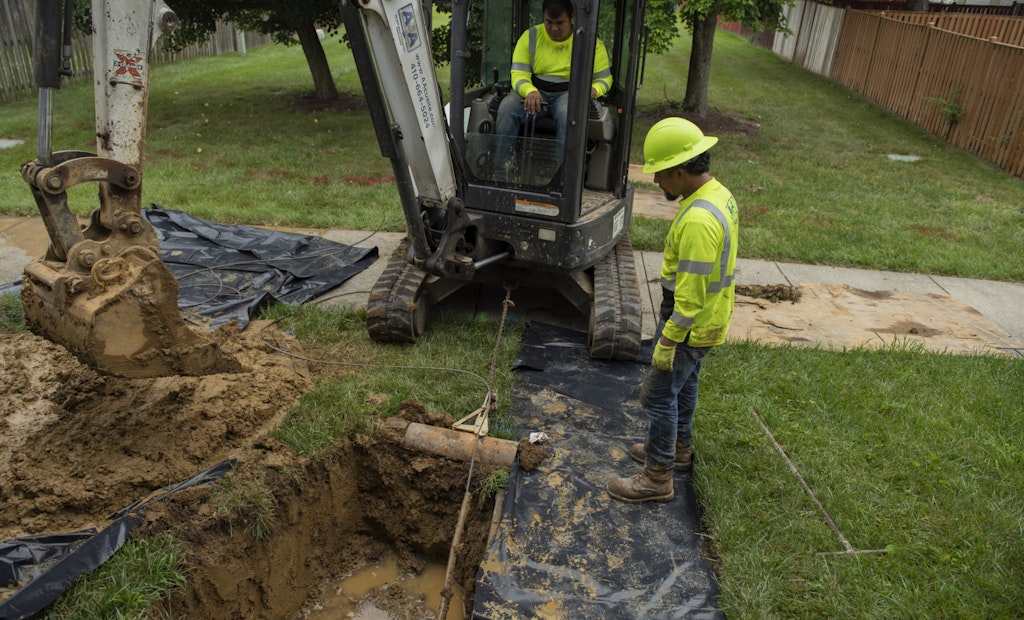Interested in Relining/Rehab?
Get Relining/Rehab articles, news and videos right in your inbox! Sign up now.
Relining/Rehab + Get AlertsJerome Stephens tackled a big challenge nearly 20 years ago when he steered his company, called at the time A&A Plumbing in Baltimore, away from plumbing and into a new market: replacing failing water and sewer lines by using pipe bursting and directional drilling technology.
It wasn’t an easy transition. The equipment, made by Pow-R Mole Trenchless Solutions, represented a significant investment for a young entrepreneur with few resources, and the learning curve was steep. Furthermore, Stephens also had to contend with officials in local municipalities who weren’t convinced the technologies, which were relatively new at the time, would work well enough.
“The next battle was getting the municipalities on board, convincing them to let us do it,” Stephens recalls. “Even today, it’s still a battle in some areas.”
Oftentimes, convincing officials requires what could be called an in-the-field exam. In one instance more than a decade ago, an A&A crew used a Pow-R Mole PD-33 pipe bursting system to replace a failing, 4-inch-diameter residential sewer line under the watchful gaze of some skeptical county officials. Stephens was also required to offer the customer a five-year guaranty, plus allow county engineers and a chief plumbing inspector to observe the job.
A&A and Pow-R Mole aced the test, which was unusually challenging and complicated. The failing sewer line ran under a driveway from a road to a garage, a distance of about 80 or 90 feet. About halfway into the garage, the line took a 45-degree turn into the home, under a foyer. From there it took another 45-degree turn and eventually terminated in a half-basement in the back of the house, Stephens explains.
Pipe bursting was a great alternative for the customer because using conventional excavation to replace the line would have required breaking up the driveway, the garage floor and the floor of the foyer. The job took about a day to complete. It required digging three holes: one at the property line by the road, one inside the garage and one in the basement wall. The first bursting “pull” started inside the basement and ended in the garage; then the crew turned the machine around and performed the second pull from the property line into the garage, where a clean-out was installed.
“It all went very well,” Stephens says. “Our success on that job made it possible to use pipe bursting in that county — opened up a whole new market for our company.”
Read more about A&A Construction and Utilities in the September 2022 issue of Cleaner magazine.






